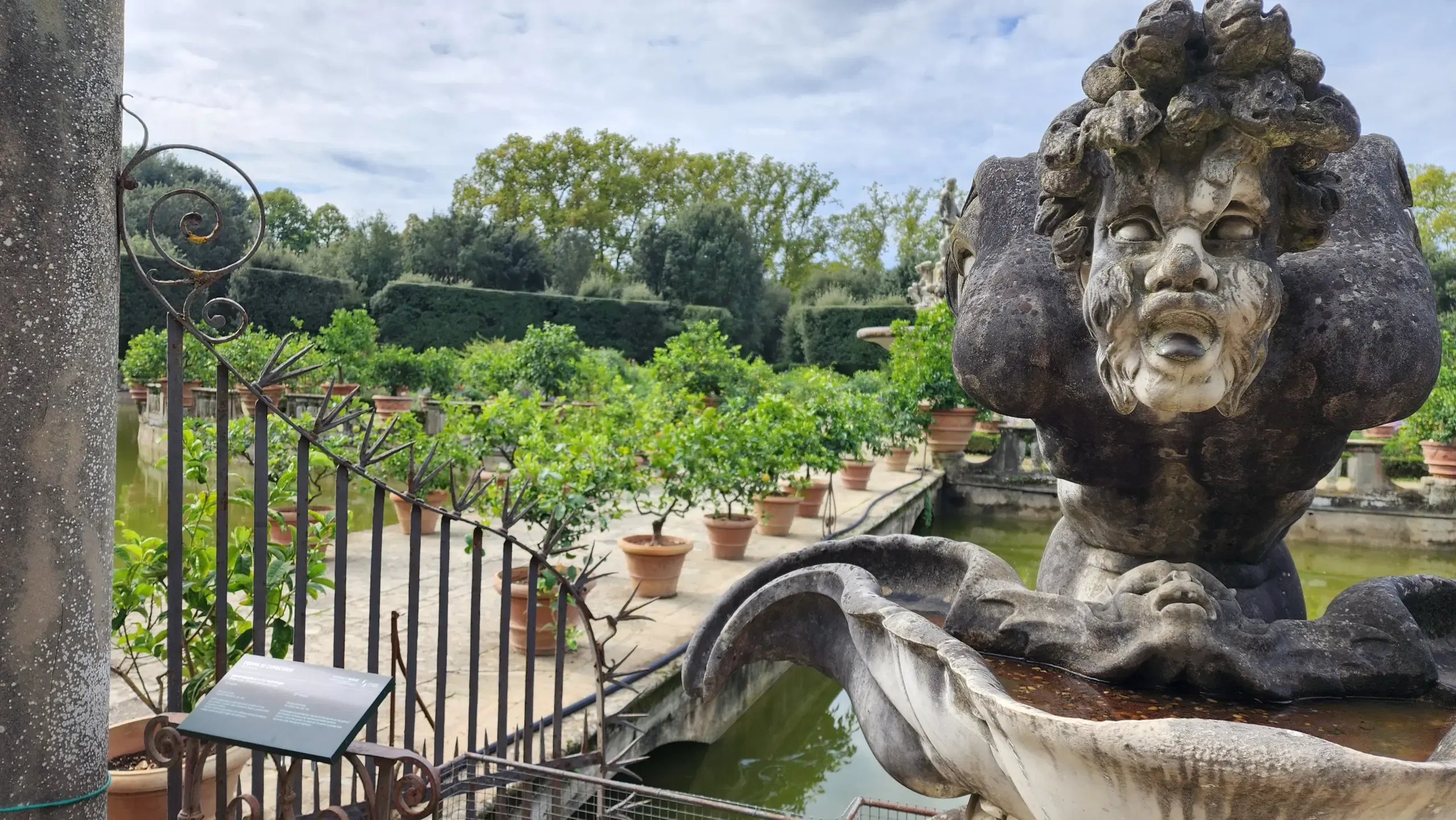Ciao, fellow explorers! Tucked behind the magnificent Palazzo Pitti lies a sprawling oasis of art, nature, and history – the Boboli Gardens. My visit to these enchanting gardens was nothing short of magical, and today, I’m thrilled to share why this Renaissance masterpiece deserves a spot on your Florence itinerary.
A Stroll Through History
The Boboli Gardens were commissioned by the powerful Medici family in the 16th century, designed to impress and showcase their wealth and influence. Initially laid out by Niccolò Tribolo, the gardens were later expanded by celebrated architects and designers like Bartolomeo Ammannati and Bernardo Buontalenti. These gardens became the blueprint for many European royal gardens, including Versailles.
Once reserved for Florentine elites, today, the gardens are open to everyone – a lush escape in the heart of Florence where history and nature coexist harmoniously.
Artistic and Natural Treasures of Boboli
Every corner of the Boboli Gardens tells a story, blending history, art, and nature seamlessly. Here are some highlights that make this place unforgettable:
- Amphitheatre: The amphitheatre is one of the garden’s earliest creations, designed in the 16th century. This semi-circular space, inspired by ancient Roman theatres, was originally adorned with obelisks and ancient sculptures. Today, visitors can still see fragments of its grandeur, making it a must-visit for those interested in Renaissance art and architecture.

- Buontalenti Grotto: Also known as the “Grotta Grande,” this surreal masterpiece by Bernardo Buontalenti is divided into three chambers. The first chamber features Michelangelo’s original Prisoners (now replicas) integrated into the grotto’s structure, while the other chambers are decorated with intricate mosaics, stalactites, and frescoes that create a dreamlike experience.

- Fountain of Neptune: Perched atop a serene pool, the Neptune statue, created by Stoldo Lorenzi, represents mastery over water and nature. Locally nicknamed the “Fountain of the Fork” because of Neptune’s trident, it offers a peaceful yet majestic ambiance amidst the lush greenery.
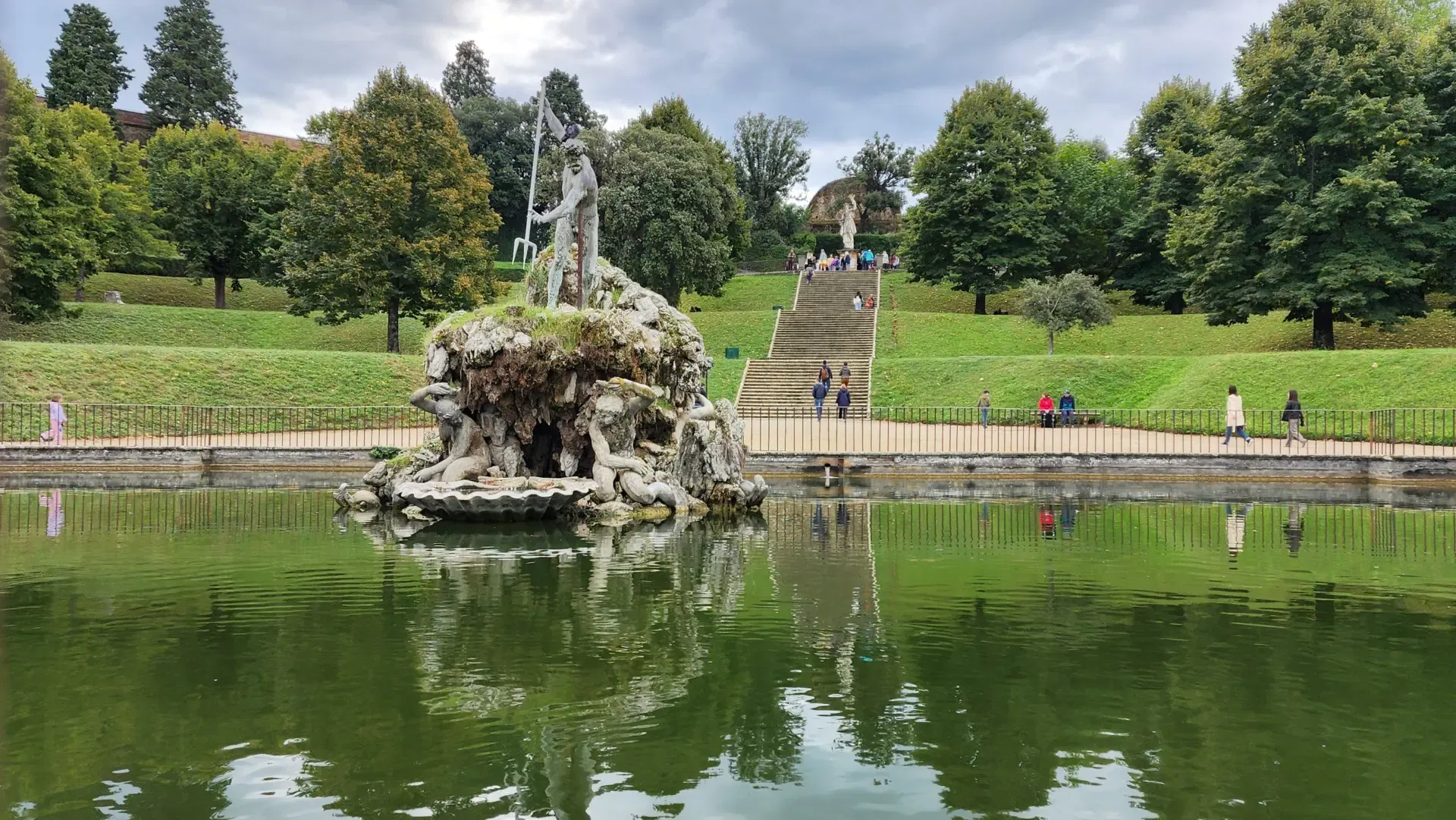
- Viottolone and Isolotto: The Viottolone is a grand tree-lined avenue leading to the Isolotto, an artificial island set in a small pond. Designed in the 17th century, the Isolotto is a testament to the Medici’s vision of blending art, nature, and tranquility. At its heart lies the Fountain of Ocean, an awe-inspiring sculpture by Giambologna. The central figure of Ocean is surrounded by reclining river gods, symbolizing the harmonious interplay between humanity and the natural world. Encircling the pond are rows of elegant lemon vases, adding a vibrant burst of citrus greenery to the scene.
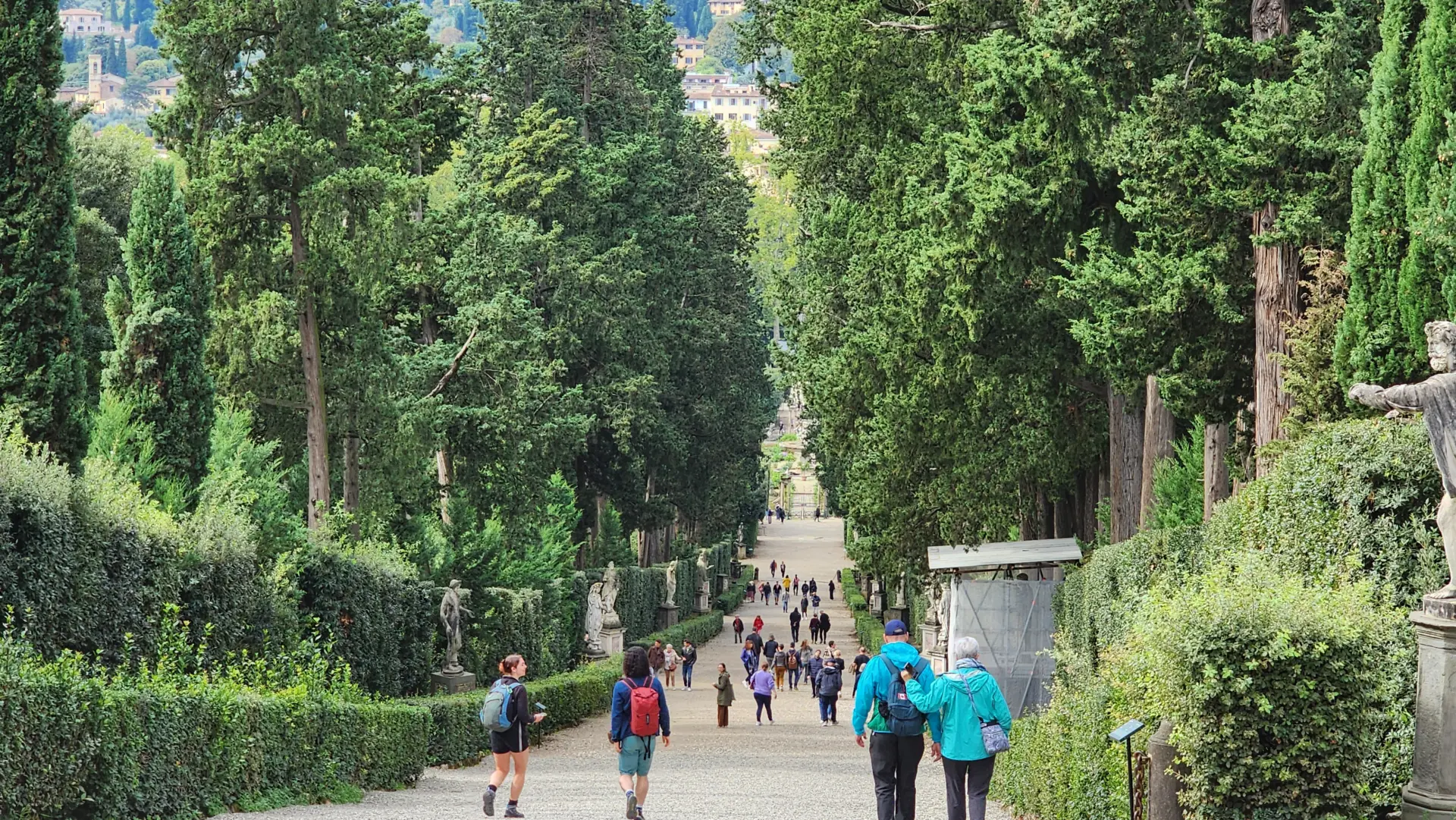
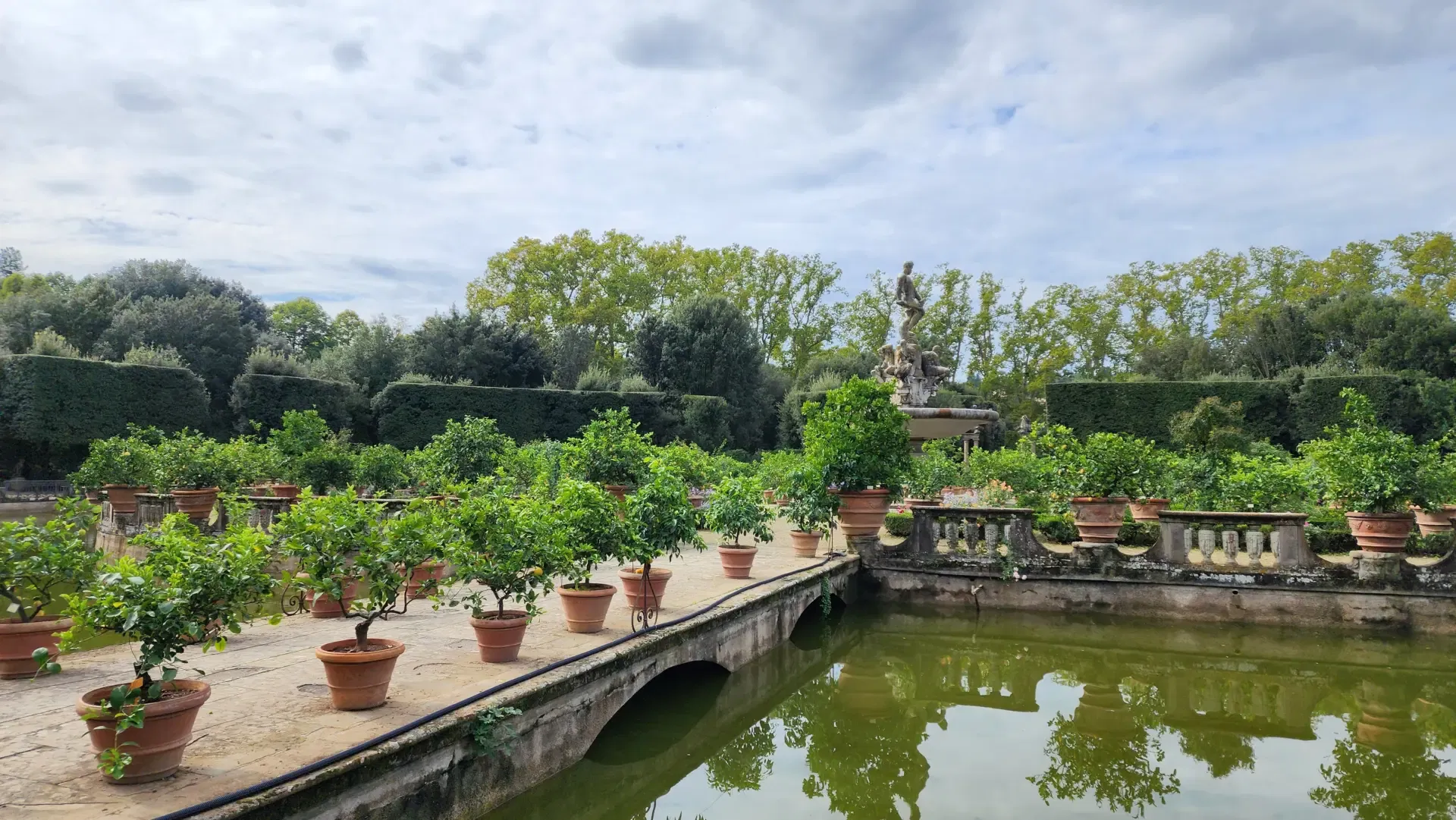
- Giardino del Cavaliere: Built on the remnants of a 14th-century fortress, the Giardino del Cavaliere is a quiet haven at the highest point of the gardens. It offers panoramic views of Florence and the surrounding countryside, making it a favorite spot for photography enthusiasts. The small garden here also contains a collection of rare plants.


- Contemporary Art: A striking contemporary sculpture, Tindaro Screpolato by Igor Mitoraj, is a relatively recent addition to the gardens. This imposing bronze face juxtaposes the classical surroundings, offering a thought-provoking reflection on the dialogue between past and present.
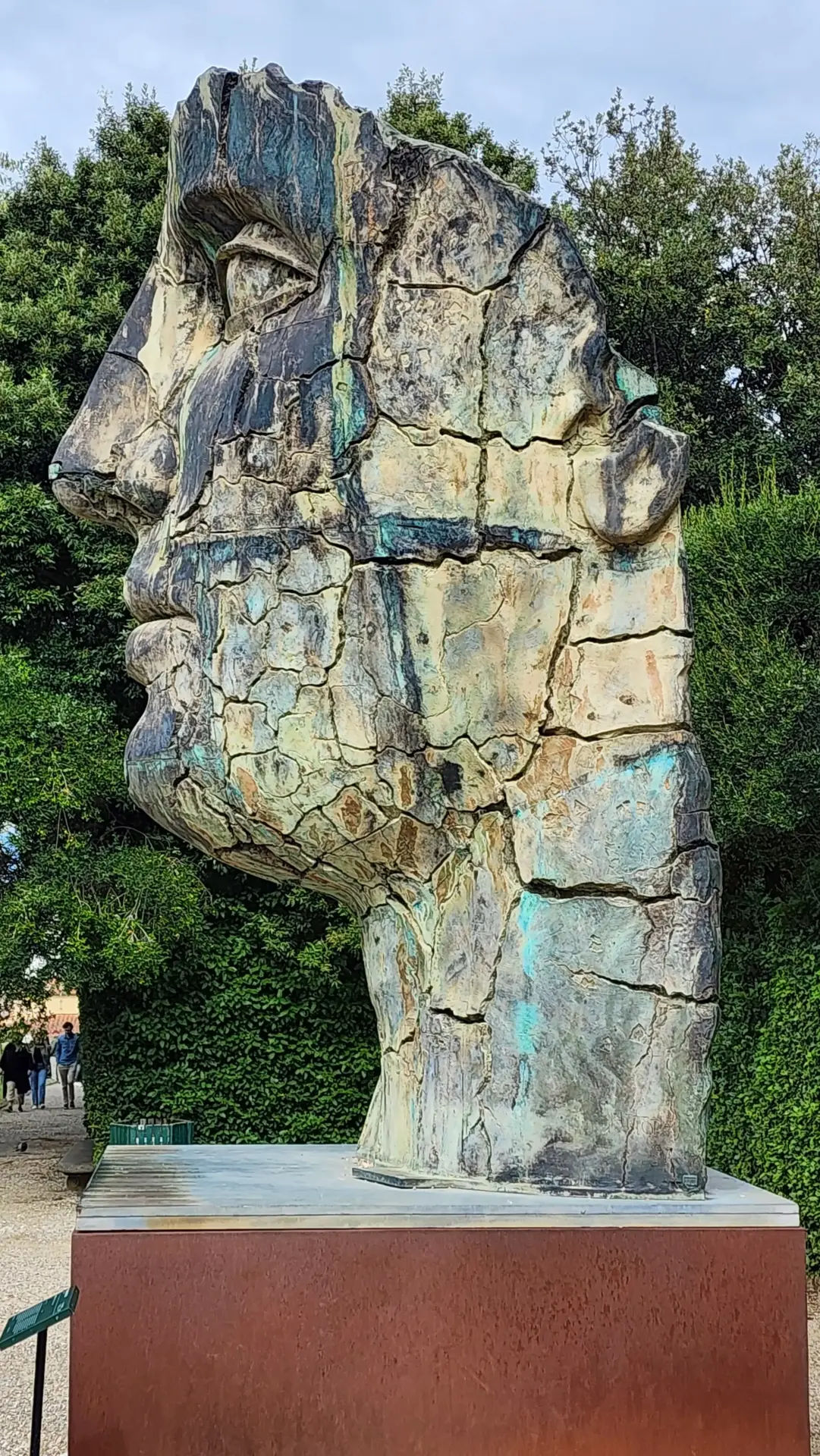
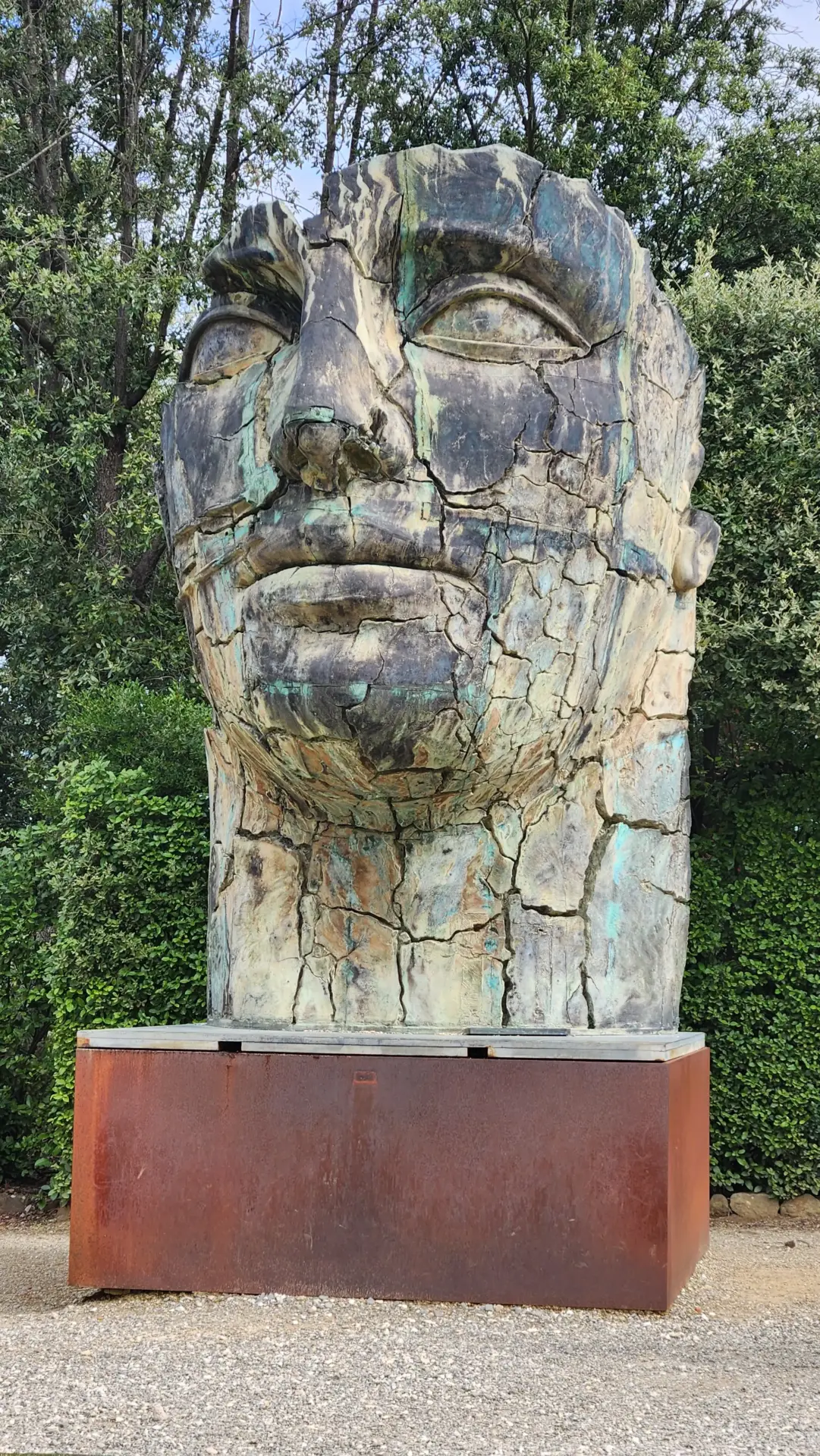
The gardens are also peppered with ancient Roman statues, Renaissance fountains, and obelisks, making it a living gallery of art and architecture.
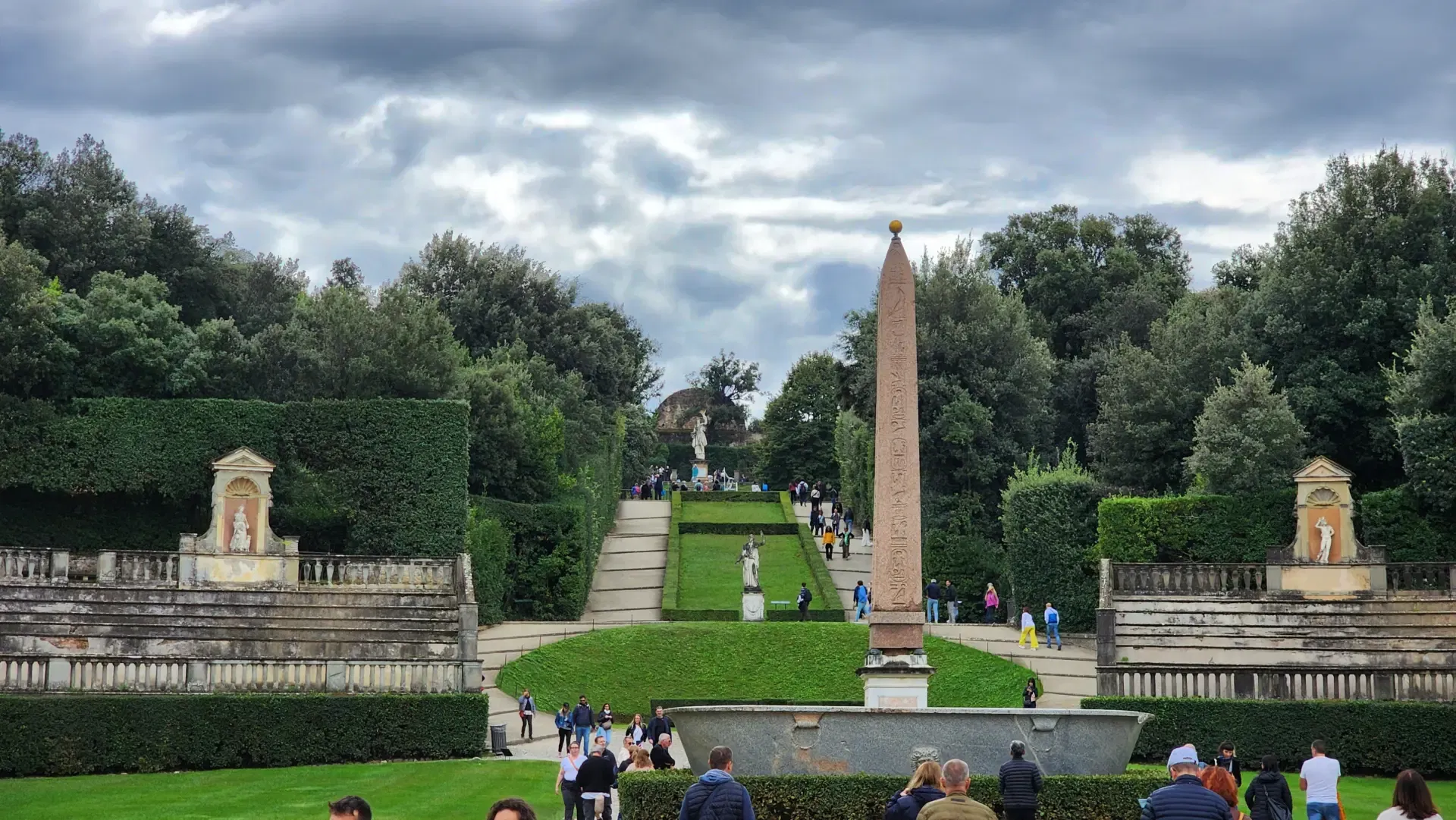
Nature Meets Panoramic Views
The Boboli Gardens offer more than just history and art. Their meticulously designed pathways lead to breathtaking vistas of Florence. As I reached the highest points of the garden, I was rewarded with sweeping views of the Tuscan countryside and the iconic Florence skyline.
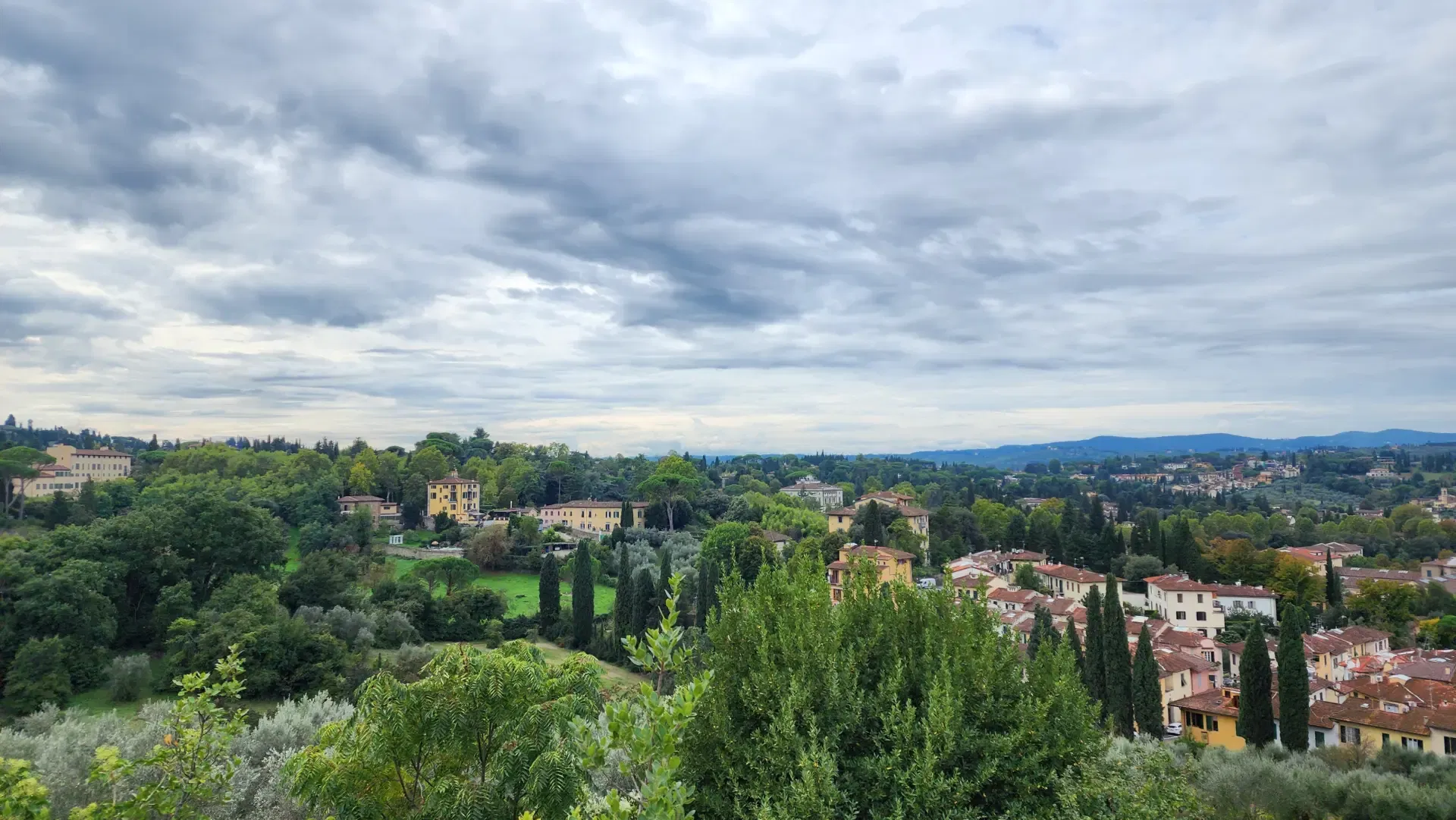

Walking among cypress trees, manicured hedges, and blooming flowers felt like stepping into a painting. The harmonious design creates a perfect balance between natural beauty and human artistry.
Practical Information
Location: Behind the Palazzo Pitti, Florence, Italy.
Opening Hours: Vary by season, so be sure to check before your visit.
Tickets: Entry is included with a Palazzo Pitti ticket, or you can purchase a dedicated Boboli Gardens pass.
Tips: Wear comfortable shoes and bring water – there’s a lot to explore, and the gardens’ terraced layout involves some uphill walking.
My Personal Reflections
As someone who loves discovering hidden pockets of history and beauty, the Boboli Gardens felt like a treasure chest waiting to be opened. Whether you’re an art lover, a history buff, or someone seeking a tranquil retreat, the Boboli Gardens offer something truly magical. It’s a place where the past feels alive, and every moment invites reflection and awe. For me, it was a reminder of the Renaissance’s enduring legacy and the timeless beauty that Florence continues to offer.
Arrivederci, my fellow adventurers! Until next time, keep exploring, keep discovering, and always find beauty wherever you go.
Xoxo
Bubbly 🌸✨

